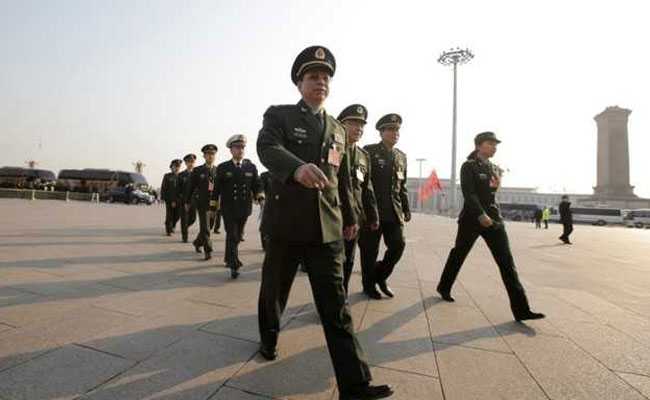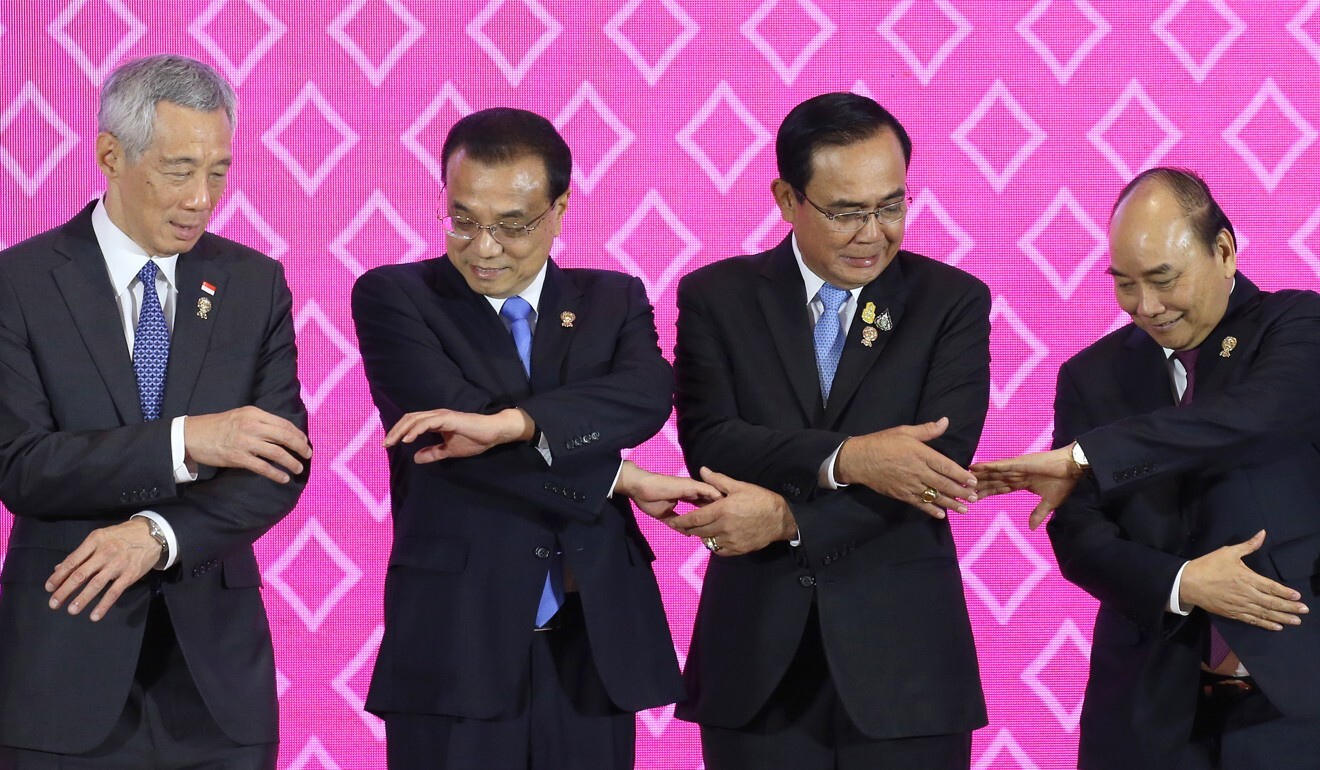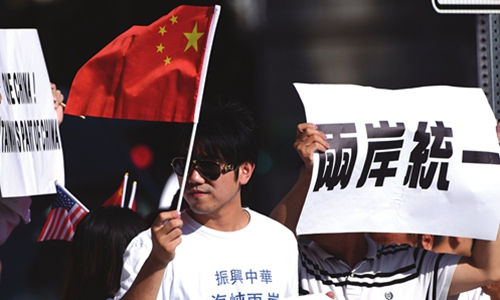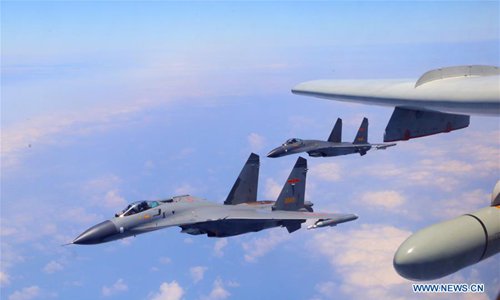Meet the 5 Best Bombers of All Time
Over the last century, nations have invested tremendous resources in bomber aircraft. More often than not, this investment has failed to bear strategic fruit.
Bombers are the essence of strategic airpower. While fighters have often been important to air forces, it was the promise of the heavy bomber than won and kept independence for the United States Air Force and the Royal Air Force. At different points in time, air forces in the United States, United Kingdom, Soviet Union, and Italy have treated bomber design and construction as a virtually all-consuming obsession, setting fighter and attack aviation aside.
However, even the best bombers are effective over only limited timespans. The unlucky state-of-the-art bombers of the early 1930s met disaster when put into service against the pursuit aircraft of the late 1930s. The B-29s that ruled the skies over Japan in 1945 were cut to pieces above North Korea in 1950. The B-36 Peacemaker, obsolete before it was even built, left service in a decade. Most of the early Cold War bombers were expensive failures, eventually to be superseded by ICBMs and submarine-launched ballistic missiles.
States procure bombers, like all weapons, to serve strategic purposes. This list employs the following metrics of evaluation:
· Did the bomber serve the strategic purpose envisioned by its developers?
· Was the bomber a sufficiently flexible platform to perform other missions, and to persist in service?
· How did the bomber compare with its contemporaries in terms of price, capability, and effectiveness?
And with that, the five best bombers of all time:
Handley Page Type O 400
The first strategic bombing raids of World War I were carried out by German zeppelins, enormous lighter than aircraft that could travel at higher altitudes than the interceptors of the day, and deliver payloads against London and other targets. Over time, the capabilities of interceptors and anti-aircraft artillery grew, driving the Zeppelins to other missions. Germany, Italy, the United Kingdom, and others began working on bombers capable of delivering heavy loads over long distance, a trail blazed (oddly enough) by the Russian Sikorsky Ilya Muromets.
Even the modest capabilities of the early bombers excited the airpower theorists of the day, who imagined the idea of fleets of bombers striking enemy cities and enemy industry. The Italians developed the Caproni family of bombers, which operated in the service of most Allied countries at one time or another. German Gotha bombers would eventually terrorize London again, catalyzing the Smuts Report and the creation of the world’s first air force.
Faster and capable of carrying more bombs than either the Gotha IVs or the Caproni Ca.3, the Type O 400 had a wingspan nearly as large as the Avro Lancaster. With a maximum speed of 97 miles per hour with a payload of up to 2000 lbs, O 400s were the mainstay of Hugh Trenchard’s Independent Air Force near the end of the war, a unit which struck German airfields and logistics concentration well behind German lines. These raids helped lay the foundation of interwar airpower theory, which (at least in the US and the UK) envisioned self-protecting bombers striking enemy targets en masse.
Roughly 600 Type O bombers were produced during World War I, with the last retiring in 1922. Small numbers served in the Chinese, Australian, and American armed forces.
Junkers Ju 88
The Junkers Ju-88 was one of the most versatile aircraft of World War II. Although it spent most of its career as a medium bomber, it moonlighted as a close attack aircraft, a naval attack aircraft, a reconnaissance plane, and a night fighter. Effective and relatively cheap, the Luftwaffe used the Ju 88 to good effect in most theaters of war, but especially on the Eastern Front and in the Mediterranean.
Designed with dive bomber capability, the Ju 88 served in relatively small numbers in the invasion of Poland, the invasion of Norway, and the Battle of France. The Ju-88 was not well suited to the strategic bombing role into which it was forced during the Battle of Britain, especially in its early variants. It lacked the armament to sufficiently defend itself, and the payload to cause much destruction to British industry and infrastructure. The measure of an excellent bomber, however, goes well beyond its effectiveness at any particular mission. Ju 88s were devastating in Operation Barbarossa, tearing apart Soviet tank formations and destroying much of the Soviet Air Forces on the ground. Later variants were built as or converted into night fighters, attacking Royal Air Force bomber formations on the way to their targets.
In spite of heavy Allied bombing of the German aviation industry, Germany built over 15,000 Ju 88s between 1939 and 1945. They operated in several Axis air forces.
De Havilland Mosquito
The de Havilland Mosquito was a remarkable little aircraft, capable of a wide variety of different missions. Not unlike the Ju 88, the Mosquito operated in bomber, fighter, night fighter, attack, and reconnaissance roles. The RAF was better positioned than the Luftwaffe to utilized the specific qualities of the Mosquito, and avoid forcing it into missions in could not perform.
Relatively lightly armed and constructed entirely of wood, the Mosquito was quite unlike the rest of the RAF bomber fleet. Barely escaping design committee, the Mosquito was regarded as easy to fly, and featured a pressurized cockpit with a high service ceiling. Most of all, however, the Mosquito was fast. With advanced Merlin engines, a Mosquito could outpace the German Bf109 and most other Axis fighters.
Although the bomb load of the Mosquito was limited, its great speed, combined with sophisticated instrumentation, allowed it to deliver ordnance with more precision than most other bombers. During the war, the RAF used Mosquitoes for various precision attacks against high value targets, including German government installations and V weapon launching sites. As pathfinders, Mosquitoes flew point on bomber formations, leading night time bombing raids that might otherwise have missed their targets. Mosquitos also served in a diversionary role, distracting German night fighters from the streams of Halifaxes and Lancasters striking urban areas.
De Havilland produced over 7000 Mosquitoes for the RAF and other allied air forces. Examples persisted in post-war service with countries as varied as Israel, the Republic of China, Yugoslavia, and the Dominican Republic
Avro Lancaster
The workhorse of the RAF in World War II, the Lancaster carried out the greater part of the British portion of the Combined Bomber Offensive (CBO). Led by Arthur Harris, Bomber Command believed that area bombing raids, targeted against German civilians, conducted at night, would destroy German morale and economic capacity and bring the war to a close. Accordingly, the Lancaster was less heavily armed than its American contemporaries, as it depended less on self-defense in order to carry out its mission.
The first Lancasters entered service in 1942. The Lancaster could carry a much heavier bomb load than the B-17 or the B-24, while operating at similar speeds and at a slightly longer range. The Lancaster also enjoyed a payload advantage over the Handley Page Halifax. From 1942 until 1945, the Lancaster would anchor the British half of the CBO, eventually resulting in the destruction of most of urban Germany and the death of several hundred thousand German civilians.
There are reasons to be skeptical of the inclusion of the Lancaster. The Combined Bomber Offensive was a strategic dead-end, serving up expensive four-engine bombers as a feast for smaller, cheaper German fighters. Battles were fought under conditions deeply advantageous to the Germans, as damaged German planes could land, and shot down German pilots rescued and returned to service. Overall, the enormous Western investment in strategic bombing was probably one of the greatest grand strategic miscalculations of the Second World War. Nevertheless, this list needs a bomber from the most identifiable bomber offensive in history, and the Lancaster was the best of the bunch.
Over 7000 Lancasters were built, with the last retiring in the early 1960s after Canadian service as recon and maritime patrol aircraft.
Boeing B-52 Stratofortress
The disastrous experience of B-29 Superfortresses over North Korea in 1950 demonstrated that the United States would require a new strategic bomber, and soon. Unfortunately, the first two generations of bombers chosen by the USAF were almost uniformly duds; the hopeless B-36, the short-legged B-47, the dangerous-to-its-own-pilots B-58, and the obsolete-before-it-flew XB-70. The vast bulk of these bombers quickly went from wastes of taxpayer money to wastes of space at the Boneyard. None of the over 2500 early Cold War bombers ever dropped a bomb in anger.
The exception was the B-52.The BUFF was originally intended for high altitude penetration bombing into the Soviet Union. It replaced the B-36 and the B-47, the former too slow and vulnerable to continue in the nuclear strike mission, and the latter too short-legged to reach the USSR from U.S. bases. Slated for replacement by the B-58 and the B-70, the B-52 survived because it was versatile enough to shift to low altitude penetration after the increasing sophistication of Soviet SAMs made the high altitude mission suicidal.
And this versatility has been the real story of the B-52. The BUFF was first committed to conventional strike missions in service of Operation Arc Light during the Vietnam War. In Operation Linebacker II, the vulnerability of the B-52 to air defenses was made manifest when nine Stratofortresses were lost in the first days of the campaign. But the B-52 persisted. In the Gulf War, B-52s carried out saturation bombing campaigns against the forward positions of the Iraqi Army, softening and demoralizing the Iraqis for the eventual ground campaign. In the War on Terror, the B-52 has acted in a close air support role, delivering precision-guided ordnance against small concentrations of Iraqi and Taliban insurgents.
Most recently, the B-52 showed its diplomatic chops when two BUFFs were dispatched to violate China’s newly declared Air Defense Zone. The BUFF was perfect for this mission; the Chinese could not pretend not to notice two enormous bombers travelling at slow speed through the ADIZ.
742 B-52s were delivered between 1954 and 1963. Seventy-eight remain in service, having undergone multiple upgrades over the decades that promise to extend their lives into the 2030s, or potentially beyond. In a family of short-lived airframes, the B-52 has demonstrated remarkable endurance and longevity.
Conclusion
Over the last century, nations have invested tremendous resources in bomber aircraft. More often than not, this investment has failed to bear strategic fruit. The very best aircraft have been those that could not only conduct their primary mission effectively, but that were also sufficiently flexible to perform other tasks that might be asked of them. Current air forces have, with some exceptions, effectively done away with the distinctions between fighters and bombers, instead relying on multi-role fighter-bombers for both missions. The last big, manned bomber may be the American LRS-B, assuming that project ever gets off the ground.
Honorable Mention
Grumman A-6 Intruder, MQ-1 Predator, Caproni Ca.3, Tupolev Tu-95 “Bear,” Avro Vulcan, Tupolev Tu-22M “Backfire.”











